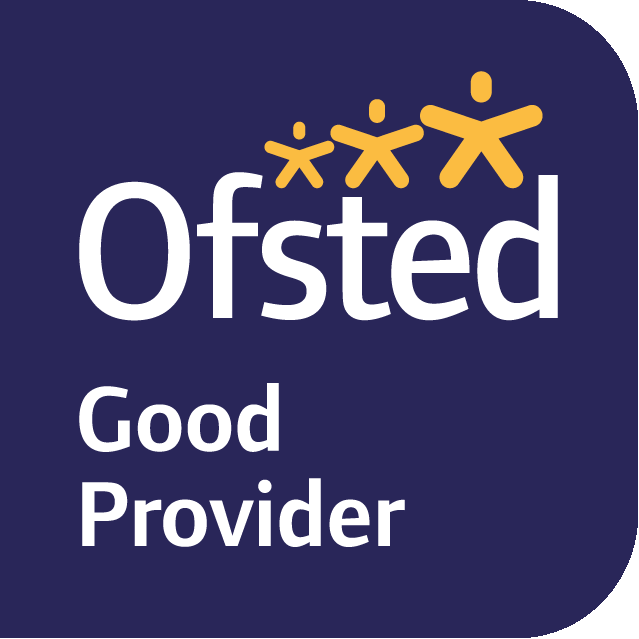Art
Subject intent
The study of art enables pupils to understand, appreciate and contribute to a dimension of life that taps into and expresses human innovation, imagination and thought. Art is a rich and varied set of practices central to human civilisation. Art itself is not static, and its purposes, materials and methods are always evolving. Historically, it has served a range of purposes, including representing nature, expressing feelings, embodying formal beauty, and preserving or criticising social norms. At an individual level, a high-quality art education can build pupils’ ability to ‘appreciate and interpret what they observe, communicate what they think and feel, or make what they imagine and invent. As a subject studied in school, art includes a range of practices, as well as theoretical and philosophical ideas and interests. The building blocks of the subject enable pupil to see, know and to experience art. Pupils learn how to view, discuss and make art in it multifaceted, complex and contested forms.
Knowledge, skills, understanding and meaning are split into two units for each year. The curriculum is designed to build up more depth of learning. The topics have been chosen as they will allow sequencing and skill development through their KS3 journey, beginning with the visual elements- the building blocks of Art. Building knowledge, skills, understanding and meaning so that students can demonstrate visual literacy and express themselves creatively. Our schemes of work are planned to allow students to; creatively explore ideas from a range of start points, experiment with a wide range of materials, develop core visual communication/language skills, understand key artistic ideas and concepts, and develop the ability to critically analyse, purposefully select and evaluate their own and other’s work. The Art curriculum encourages self-expression and creativity and can build confidence as well as a sense of individual identity.
Link to KS4 specification
Curriculum plan
KS3 – Each Year group will study topics that allows opportunities to experiment with and develop skills using a variety of materials and equipment. It is designed to prepare them for GCSE.
- Students will be taught to use a range of techniques to record their observations as a basis for exploring their ideas.
- Students will develop knowledge, understanding and responses to the work of relevant selected Artists, Designers and Crafts people. Students will learn how to critically and technically analyse, evaluate their own and others work, identify key features, make comparisons, and use this information to inform their own actions to improve their work. This is carried out through discussion and written word.
- Students will develop knowledge, skills and understanding by applying the Artistic Elements of: Line, Shape, Tone, Colour, Pattern, Texture, Space and Form. Students will be taught to use a range of techniques and media, including painting, printing, sculpture, and digital media, increasing their ability in the handling of different materials.
- Students will produce creative work exploring their own ideas. They will learn to design, investigate, experiment, review, evaluate and annotate to support the creative process, taking risks and safely failing, as well as being successful.
Students study artists relevant to each project and develop ideas into a personal response. Each Year group will have opportunities to use clay, printmaking techniques, collage and drawing and painting.
Students will work in a booklet and develop larger personal response outcomes.
Knowledge, skills, understanding and meaning are split into two units for each year. The curriculum is designed to build up more depth of learning. The topics have been chosen as they will allow sequencing and skill development through their KS3 journey, beginning with the visual elements- the building blocks of Art. Building knowledge, skills, understanding and meaning so that students can demonstrate visual literacy and express themselves creatively. Our schemes of work are planned to allow students to; creatively explore ideas from a range of start points, experiment with a wide range of materials, develop core visual communication/language skills, understand key artistic ideas and concepts, and develop the ability to critically analyse, purposefully select and evaluate their own and other’s work. The Art curriculum encourages self-expression and creativity and can build confidence as well as a sense of individual identity. KS3 Art in the Cabot Learning Federation Subject Vision: 3 DOOYA Exemplification:
- Deepening (D): describes a child who is exceeding their year group expectation and is now taking this deeper into more abstract work. These children are following their passion within a broad curriculum that inspires the full range of attainment and interest.
- On track + (O1): describes a child who is working at the age-related expectation and fulfils all the descriptors.
- On Track (O2): describes a child who is almost working to the age-related expectation, but the standard of work is inconsistent.
- Yet to be on track (Y): describes a child who is not yet on track to meet their age-related expectations. They may need to fulfil more of the descriptors but is not yet on track to achieve all of them.
- At an earlier stage in their learning journey (A): describes a child who working at a level below the age-related expectation, typically around a year behind.
The learning journey for KS3:
Year 7 – Natural Forms & Ethnology
Year 8 – Creatures and Characters & Environment
Year 9 – Signs of the time (Pop Art) & Identity
Students study artists relevant to each project and develop ideas into a personal response. Each Year group will have opportunities to use clay, printmaking techniques, collage and drawing and painting.
Students will work in a booklet and develop larger personal response outcomes.


